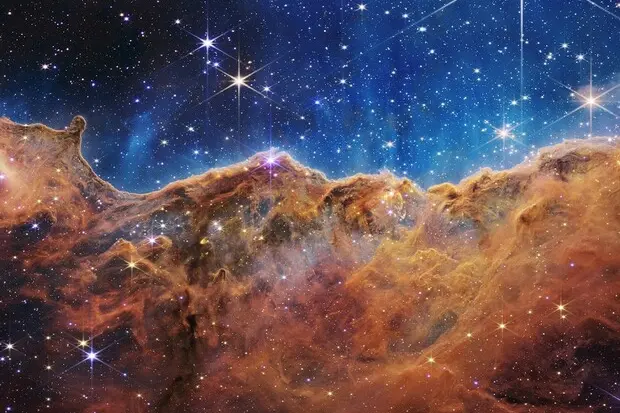Two primordial galaxies discovered: «Generated between 350 and 450 million years after the Big Bang»
They were observed by the James Webb telescope of NASA and ESA, during a study by an international team led by Italy with the National Institute of AstrophysicsPer restare aggiornato entra nel nostro canale Whatsapp
The James Webb telescope – of the space agencies of the United States ( NASA ), Europe ( ESA ) and Canada ( CSA ) – has immortalized two galaxies , among the very first in the early universe, generated between 350 and 450 million years after the Big Bang .
The success of the enterprise was confirmed by the study of an international team led by Italy with the National Institute of Astrophysics ( Inaf ) and the results were published in the scientific journal The Astrophysical Journal Letters .
Researchers from the Space Science Data Center of the Italian Space Agency (ASI), the University of Ferrara and the State University of Milan also participated in the work. The two galaxies , among the oldest ever observed so far, were identified – as part of the Glass-Jwst Early Release Science Program project – thanks to the observations of the very distant cluster of galaxies Abell 2744 and of two regions of the sky adjacent to it.
INAF researcher Marco Castellano said: «There was a lot of curiosity in finally seeing what Jwst could tell us about the cosmic dawn, in addition of course to the desire and ambition to be the first to show the scientific community the results obtained from our Glass survey ».
«It was not easy to analyze such new data in a short time: the collaboration worked 7 days a week and practically 24 hours a day also thanks to the fact that we have a participation that covers all time zones. These observations are revolutionary: a new chapter in astronomy has opened. Already after the very first days from the start of data collection, Jwst has shown that it is able to reveal astrophysical sources in still unexplored eras», concludes INAF researcher Paola Santini.
(Unioneonline/vf)
